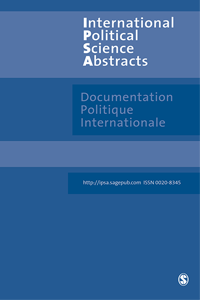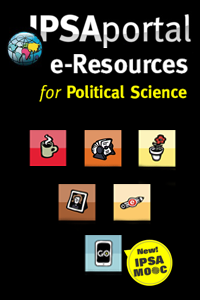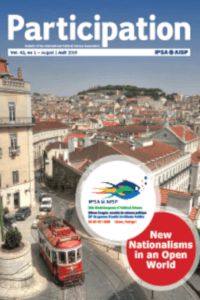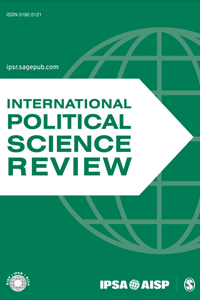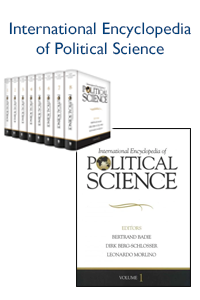The Predation Index: A tool to identify predatory journals in academia
Predatory journals have become a common occurrence in academic research. Many of these journals aggressively target scholars, especially at the early stages of their careers. Such journals try to appear as legitimate scholarly journals with the aim of tricking researchers into engaging with them or even sharing their work. Unfortunately, such journals do not meet the minimum standards of academic research integrity but are for-profit entities that use misleading or even false information.
This tool is intended to help researchers identify predatory journals in the social sciences, as there are few tools or indexes in political science and the social sciences more generally (compared to the hard sciences) that can help guide scholars to detect journals with predatory features. Below, we present an index that allows scholars to test the integrity of academic journals based on 10 clear and measurable indicators.
Takes 10-15 minutes to complete.
Your Score: out of 10
This is a high-quality scholarly journal. None of the indicators that could hint at predation apply to this journal.
A journal that scores between 1 and 3 might not be the most transparent and highest quality journal but might still be a legitimate outlet.
Journals that score in the mid-range of our index have at least some predatory aspects to them. Those journals may not honor academic standards of high-quality research and integrity in the publication and review process. Scholars who plan to engage with those journals, as authors, reviewers, or possible editorial board members should do so with absolute caution.
Journals with a score higher than 6 on the 10 should be considered predatory. A journal in this category has scored as predatory on a majority of our 10 indicators. This is a clear indication that the journal at hand is not adhering to high standards in the publishing and review processes. We strongly recommend that researchers do not further engage with any journal that scores in this category.
Optional Feedback
Was this tool useful? Do you have ideas on how we could make it better? Please send us your feedback at info@ipsa.org. Including the following information with your feedback would be helpful:
- The journal you evaluated;
- The score you obtained;
- Your rank;
- Your country.
Watch the Presentation
Disclaimer
The predation index is a tool that allows individual researchers (and everyone else interested) to assess whether a journal is predatory. We understand that academic publishing is a complex process and that there is no clear-cut definition of predatory publishing. While we have compiled simple yes and no questions, it is possible that different users come up with slightly different coding. Hence, the value that you retrieve from applying our predation index should be seen as an approximation rather than a definite assessment of predation.






